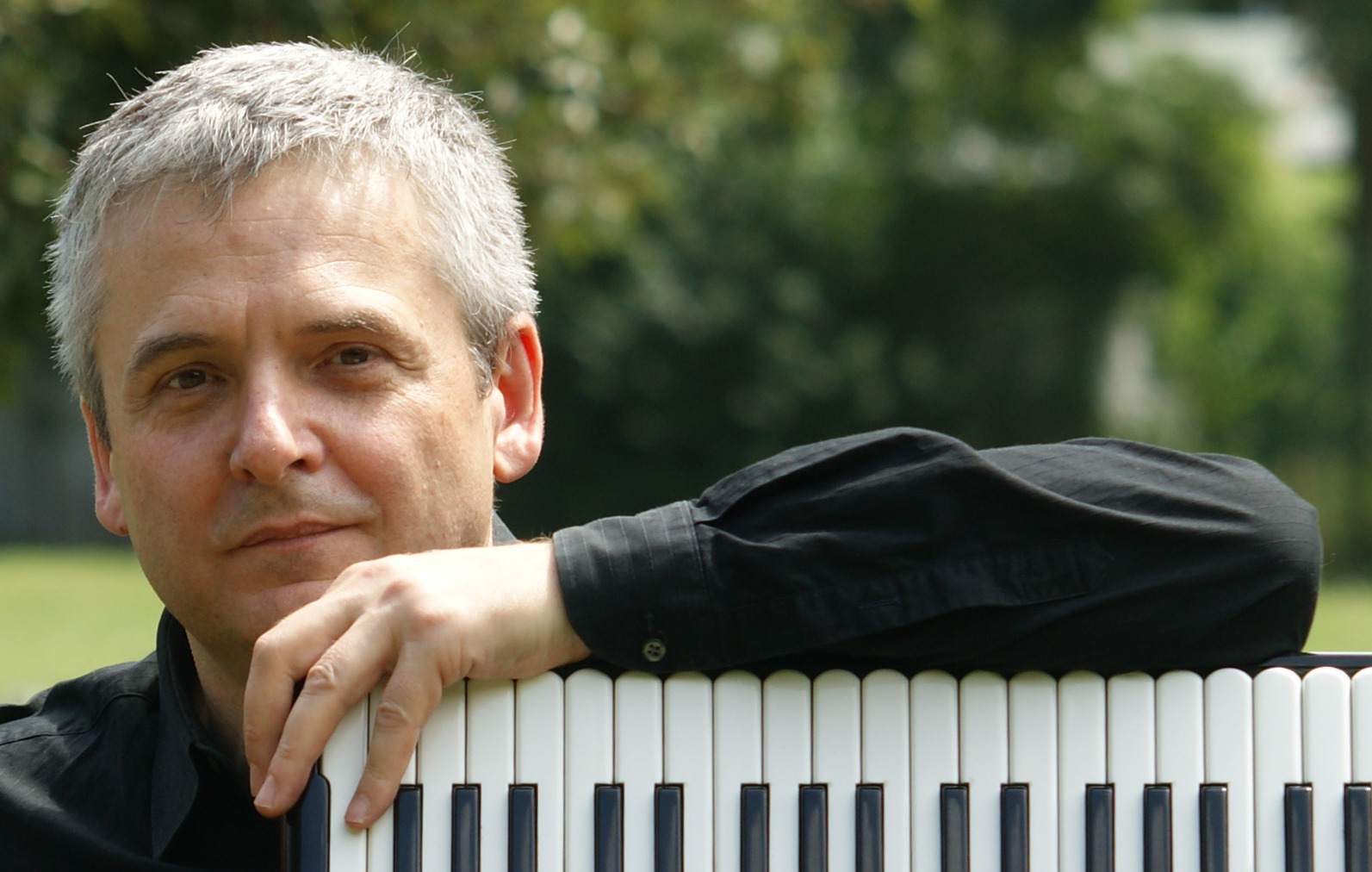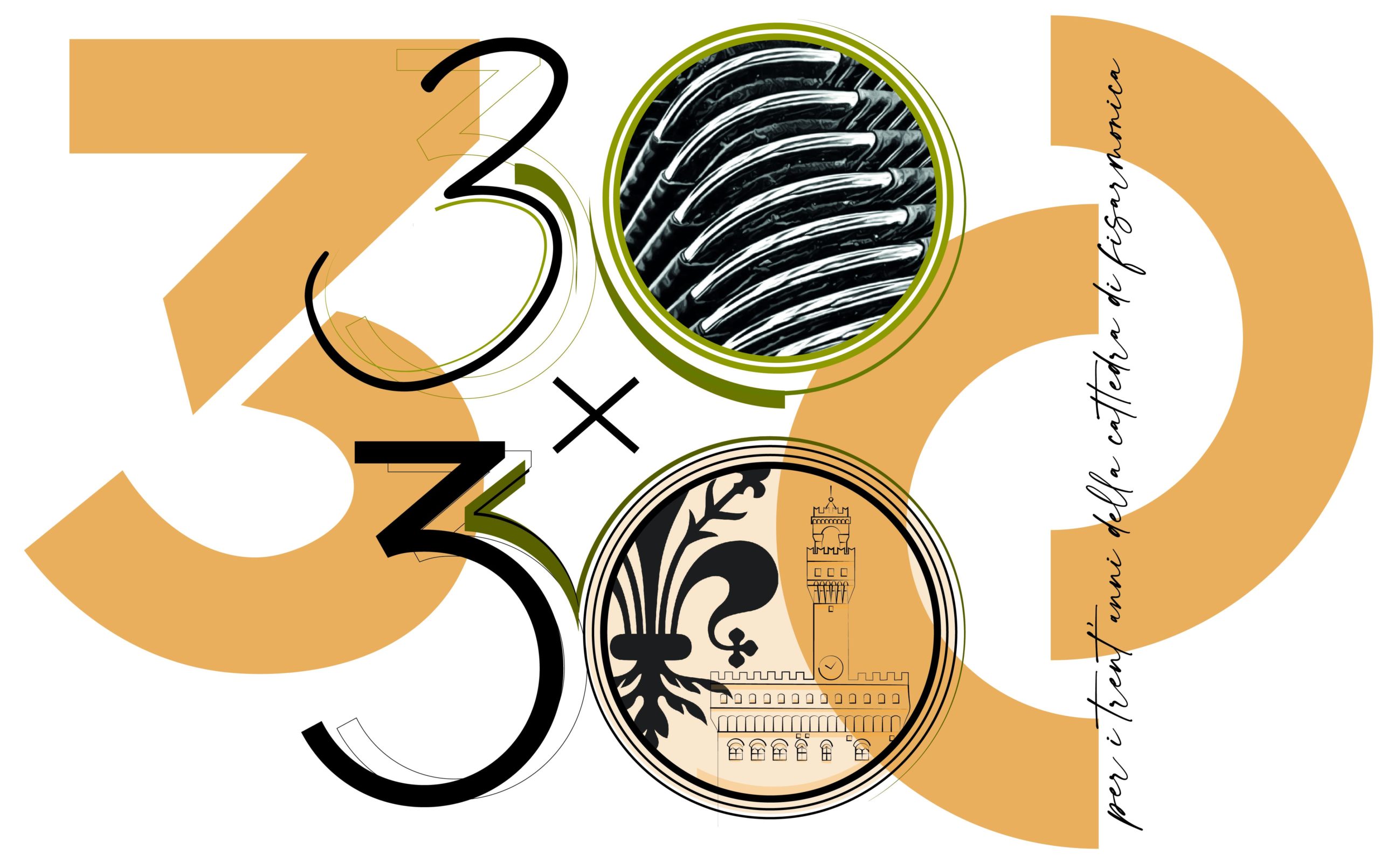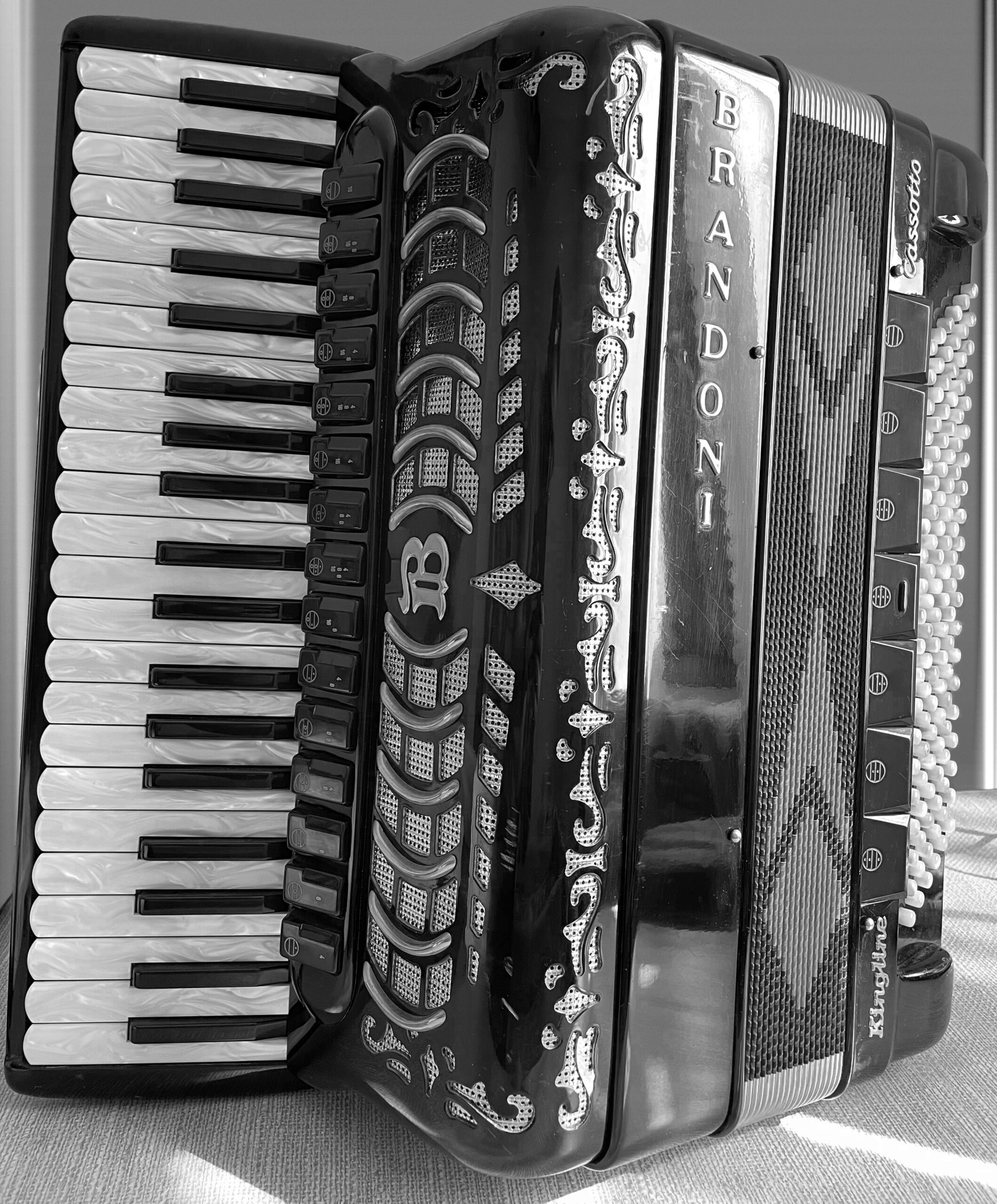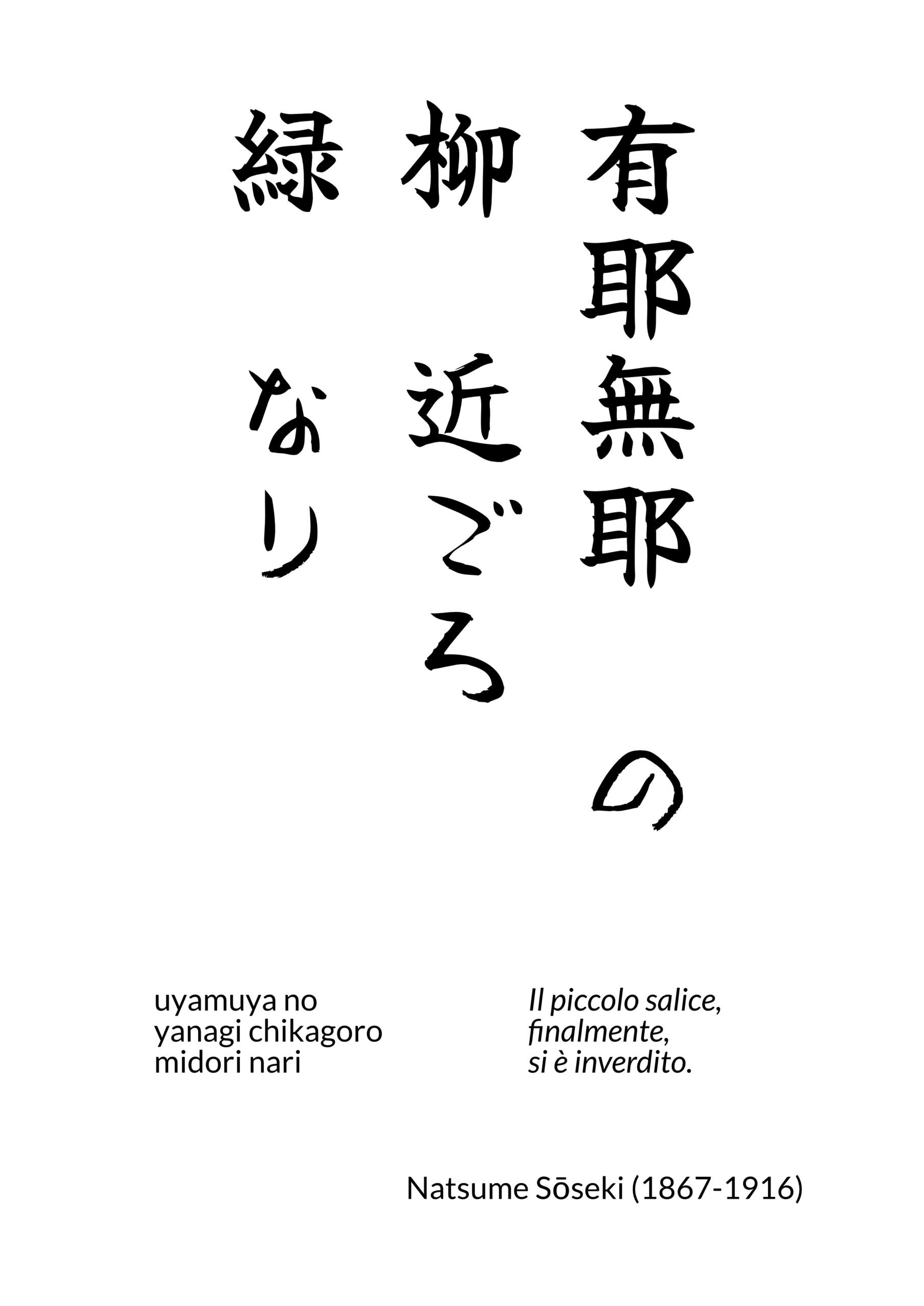KOKORO, commissioned by Ivano Battiston to celebrate the 30th anniversary of the establishment of the accordion chair at the Florence Conservatory, is a short piece inspired by a haiku from the famous Japanese writer Natsume Sōseki about the blossoming of spring.
KOKORO, for accordion
For so many reasons I had somewhat distanced myself from writing, and Ivano’s invitation to compose a small piece on the occasion of the thirtieth anniversary of the chair of accordion in the Cherubini Conservatory, where I myself studied, seemed very meaningful.
It was about being inspired by the joy of a path of growth at a time when, on a personal level, the most mysterious aspects of life were questioning my interiority. And to do it with an instrument, the accordion, which I could often hear at home as a child – because my father plays it amateurishly – but for which I wrote only one composition, C(Y|IR)CLES, IN CERCA DELLA A-DUALITÀ (C(Y|IR)CLES, IN SEARCH OF A-DUALITY).
Ivano Battiston, moreover, is an outstanding musician because, unlike as is more and more often the case, in his interpretations he always treads the most difficult path, the one in which he exposes to the listening of others his deep humanity, with its freedom, its emotions, its ability to attribute value, meaning and sense of direction, which is the beating heart of music making.
Instinctively, I immediately thought of tying what I was going to write to a Haiku, and so I picked up an anthology related to this fascinating Japanese poetic world and, after a brief selection process, I settled on a composition by Natsume Sōseki about the transition from winter to spring: it was perfect for describing the accordion’s 30-year journey in the Florence Conservatory, but also for finding in me the root of a new creative impetus. I chose, as my title, Kokoro, taking my cue from the writer’s most famous novel, for its wide range of meanings and its ability to unite the mental, emotional and spiritual dimensions into a harmonious whole.
In the meantime, while I was deepening my study of the accordion and its technical possibilities on manuals, I was experimenting with my father’s instrument: as a pianist, I am used to sounds that, once played, are not further modifiable and to a timbre that, while flexible through touch and pedals, always remains within a fairly limited range of possibilities; in the accordion, on the other hand, the registers, bellows and standard bass system (Stradella) open the door to a boundless universe of sound, an immense playground! I am not a composer who has music in my head: in my head I have my thoughts, my ideas, my intuitions, sometimes a sonority or a melodic outline, more often an emotional instance.
But music for me always comes from contact with sound -even mediated by technology if I cannot do otherwise – from the possibility of exploring musical instruments with my hands to the childlike seeing what happens if I press here and talking with those who have made those instruments their main reason for living. I used to be ashamed of this, having in mind the image of those great composers intent on writing streams of notes in the silence of a room; today I don’t care, because I realize that this approach to writing is closely connected with my aesthetics, so tied to a path that began, perhaps, with the youthful reading of that extraordinary text that is Singing Stones by Marius Schneider, in which I always try to bring together speculation and intuition, spirit and matter, sky and earth.
Symbolic-musical curiosities
Kokoro, with a theoretical duration of about 1’30” (as per the commission), traces the structure of the haiku to which it refers:
- to the 3 verses correspond its 3 sections;
- to the syllables, 5, 7 and 5 again, respectively, correspond its bars.
The number 5, which moreover represents the way the left-hand keyboard is organized, and, to a lesser extent because lesser is in fact its weight in the haiku‘s formal structure, 7 informs all the sound material:
- the tempo of the outer sections is 57bpm, that of the middle section 75bpm;
- the meter of the 5-bar sections is in 5, that of the 7-bar section in 7;
- 7 successive perfect fifths determine the lydian scale from which all chord structures are based on;
- The interval of perfect fifth is the basis of the harmonic successions and the passages with 32nds at the beginning and end;
- 5 is the number of total registers used and, in the middle part, the diatonic areas and elements for the two voices of the right hand;
- decreasing combinations of 7 and 5 (7+7, 7+5, 5+5 etc.) define the duration of each chord in the middle part.
* That incospicuous / willow tree – of late it has / become green
Credits
Music composed by Paolo Cognetti and performed by Ivano Battiston
Label & Publishing: Ars Spoletium
Digital distribution: Just Entertainment





